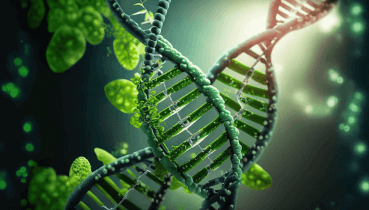Question
a.
chlorine
b.
carbon
c.
potassium iodide
d.
carbon monoxide
Posted under Chemistry
Interact with the Community - Share Your Thoughts
Uncertain About the Answer? Seek Clarification Here.
Understand the Explanation? Include it Here.
Q. Reducing agents does not include
Similar Questions
Explore Relevant Multiple Choice Questions (MCQs)
Q. At high temperatures, enzymes...
View solution
Q. If Potassium Iodide (KI) acts as oxidizing agent, change occurs from, indicates presence of
View solution
Q. In Copper(II) Oxide (CuO) and Carbon Monoxide (CO) reaction,
View solution
Q. On hydration, [Al(H₂O)₆]³⁺ (aq) produces
View solution
Q. The oxidation number of Si in SiCl₄ is
View solution
Q. The solution is turned acidic upon hydration of AlCl₃, because
View solution
Q. In S₂Cl₂, the oxidation number is
View solution
Q. Consider the reaction: SiCl₄(l) + 2H₂O(l) → SiO₂ + HCl. The color of SiO₂ is
View solution
Q. The dimer of AlCl₃ is
View solution
Q. In period 3, metal that has the highest electronegativity is
View solution
Q. Consider the reaction: SiCl₄(l) + 2H₂O(l) → SiO₂(s) + HCl. The form of HCl produced in this reaction is
View solution
Q. Upon hydration of Al₂Cl₆, Al⁺³ is formed, and the solution becomes
View solution
Q. The oxidation number of Na in NaCl is
View solution
Q. The oxidation number of Al in Al₂Cl₆ is
View solution
Q. Ionic Chlorides of which of these do not react with water
View solution
Q. Without water, aluminum chloride exists as
View solution
Q. Ionic Chlorides of which of these do not react with water
View solution
Q. The oxidation number of S in SCl₂ is
View solution
Q. The oxidation number of P in PCl₅ is
View solution
Q. SiO₂ is formed after the reaction of SiCl₄(l) + 2H₂O(l). What is the state of SiO₂?
View solution
Recommended Subjects
Are you eager to expand your knowledge beyond Chemistry? We've handpicked a range of related categories that you might find intriguing.
Click on the categories below to discover a wealth of MCQs and enrich your understanding of various subjects. Happy exploring!








